The Fourth Spoke In the Business Model For A Successful Healthcare System
Stanley Feld M.D.,FACP,MACE
The fourth spoke of a successful healthcare system’s business model is my Ideal Electronic Medical Record (EMR). I have been speaking about the Ideal Electronic Medical Record since 2006.
I have been an advocate of EMRs since 1992. An appropriately designed user friendly EMR would improve workflow efficiency, increase physicians ability to communicate with patients, hospitals and other physicians and reduce costs. Presently it costs physicians $7 to pull a chart.
There have been many EMRs built by many technology companies in the last 20 years. The price of an EMR has ranged from $ 5,000 to $120,000 per physician. The practice disruption to install a new system has been unbelievable.
Hospital system costs to install EMRs have ranged from $500,000 to $5 billion dollars.
In 2007 the deficiencies in Kaiser’s EMR were exposed to the chagrin of the Kaiser board of directors.
“Kaiser: Critical Need To Cut Rising Costs”
“$7 billion in losses if no action taken, HMO report says”. Kaiser has invested $3 billion in data system created by Epic Systems Corp. Kaiser’s project supervisor e-mailed 180,000 employees detailing his frustration with Kaiser’s Electronic Health Record System, which he considers inefficient and unreliable. The project supervisor brought his concerns to the Kaiser HMO’s board. He said the information was not taken seriously “because of conflicts among top executives.” Doesn’t this sound typical of the hierarchical bureaucratic systems we live in?
The creation of a fully functioning electronic medical record is extremely complicated. Physician practices and hospitals have different needs.
If hospital administrators are choosing a company to build the EMR invariably the software company builds the EMR for the payer (hospital). The hospital is their customer.
The physicians on staff are not their customers. Patients and physicians are their real customers but they are not considered the customer. The EMR should be built for patients’ benefit. It should be built to improve the patient physician relationship.
The EMR must be designed so that it does not interfere with the physicians' workflow and improves physicians’ care of patients.
The only way this is going to happen is if consumers are responsible for their health and healthcare dollars. Consumers will then drive their physicians to obtain a fully functional EMR.
Little progress has been made in getting large numbers of hospitals and physicians to install EMRs. There are many reasons for this dilemma. The principle reason is cost.
As the government and the healthcare insurance industry decrease reimbursement to hospitals and physicians, hospitals and physicians are hesitant to make large capital investments for EMRs.
As of 2010 only 12% of US hospital have installed at least basic EMRs. Only 2-3% might qualify for having fully functional EMRs. A fully functional EMR has to meet 23 to 25 of government imposed criteria. In 2012 these criteria define “meaningful use” developed by President Obama’s healthcare administrators.
The "minimal use criteria" will become more complex by 2014. This means the cost of upgrading an EMR will increase. Converting from ICD-9 to ICD-10 will add to the upgrading costs.
The government bureaucracy has added another gigantic hairball in the middle of the patient physician relationship.
Government bureaucrats looking at the healthcare system believe in fully functioning EMRs. Some hospital and physicians in small practice cannot afford the prices of EMRs despite the $27 billion dollar subsidy President Obama included in his Economic Recovery Act.
The $64,000 dollar maximum per physician subsidy, if they qualify, is less than the cost of the functioning EMR cost. The millions of dollars in hospital subsidy don’t match the billions of dollars in costs, service, upgrades and maintenance needed by hospitals for a functioning EMR.
No one in President Obama’s ever expanding government healthcare bureaucracy ever thought of putting an Ideal Electronic Medical Record in the cloud and charging the physicians and hospital 1 penny per click per month.
This formatting of the Ideal EMR would align the incentives of the government, hospitals, physicians’ practices and patient care.
There would be a universal EMR with automatic upgrades, maintenance and service.
Organizations that have spent a lot of money would move over to the system because they would avoid service contracts, maintenance fees and the cost of upgrades.
All the software the government felt was necessary to make the Ideal EMR completely functional would be in the system. New regulations necessitating added software would be incorporated into this Ideal Electronic Medical Record.
Practice Fusion is a new website that provides an electronic medical record for free to physicians. It is sponsored by ad revenue.
This website might have struck gold. It has grown from 10,000 users to 50,000 users in the last two years. It has meaningful use criteria embedded in the software program.
The You Tube and its accompanying You Tubes explains the system. It is easy to set up. It is free and seems secure. I still have some questions. However Practice Fusion might be right on target.
Remember, online banking did not take off until it was free.
Practice Fusion might be the disintermediator of the electronic medical records industry in healthcare just as ITunes was the disintermediator for the music industry.
Whoever said physicians are not computer literate was wrong. The only way the healthcare system is going to be fixed is if patients and physicians take the initiative without government and its bureaucratic complexity or interference.
The opinions expressed in the blog “Repairing The Healthcare System” is, mine and mine alone
Please send the blog to a friend
Practice fusion
Practice fusion tours.
http://www.youtube.com/watch?NR=1&feature=endscreen&v=pVYdPcqlSf8
http://www.youtube.com/watch?v=PCk1V2uuq1o&feature=related
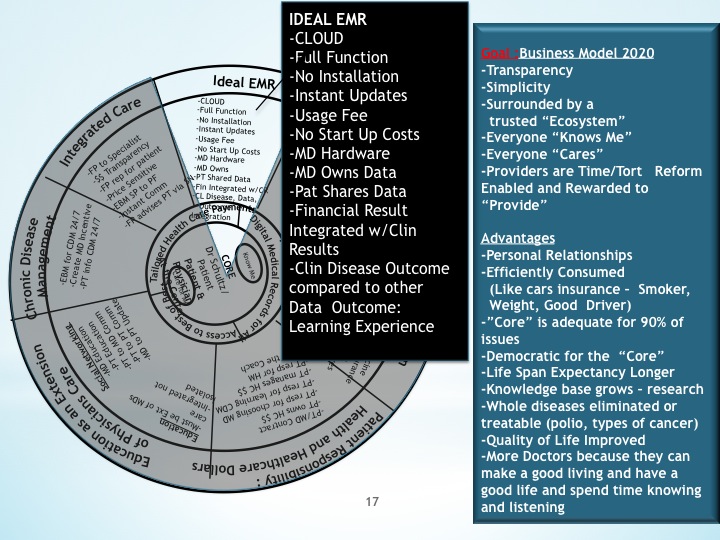
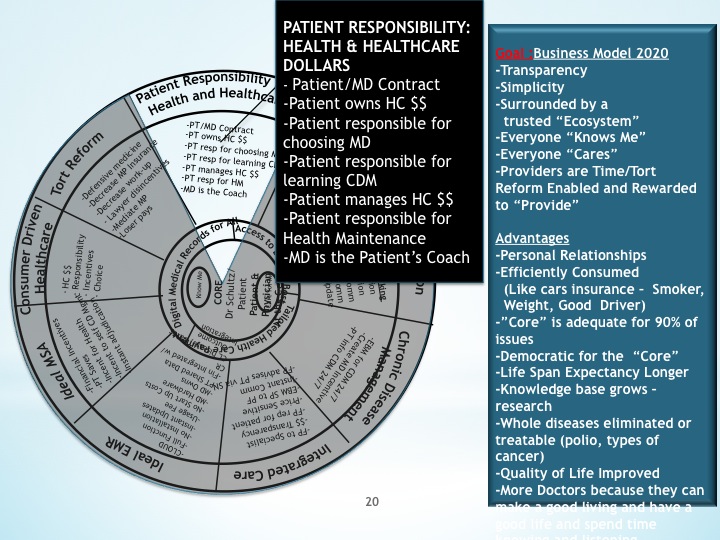
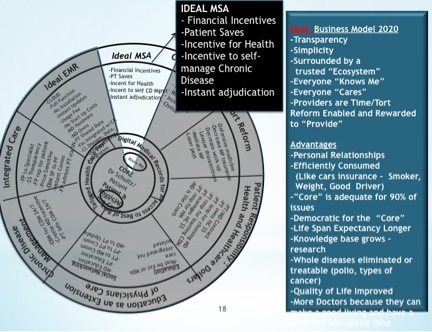
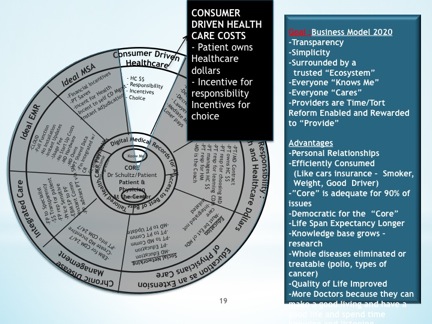
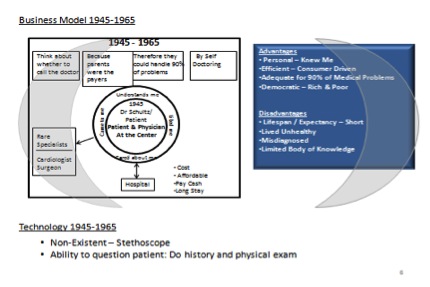
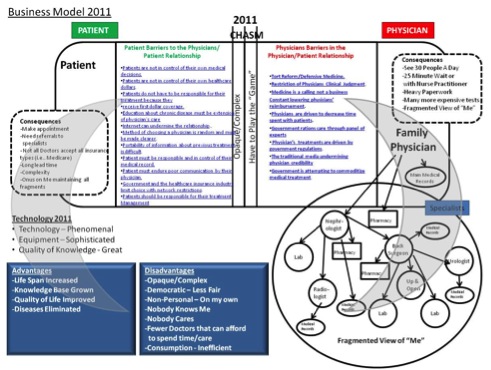
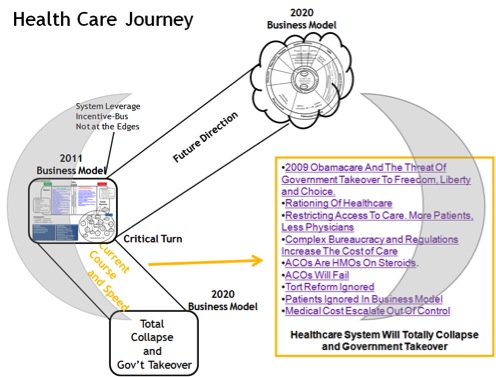




Medical Alarm • February 17, 2012
I like very much your way of presentation.. I got more useful information on this blog.. Thanks to sharing the useful information….